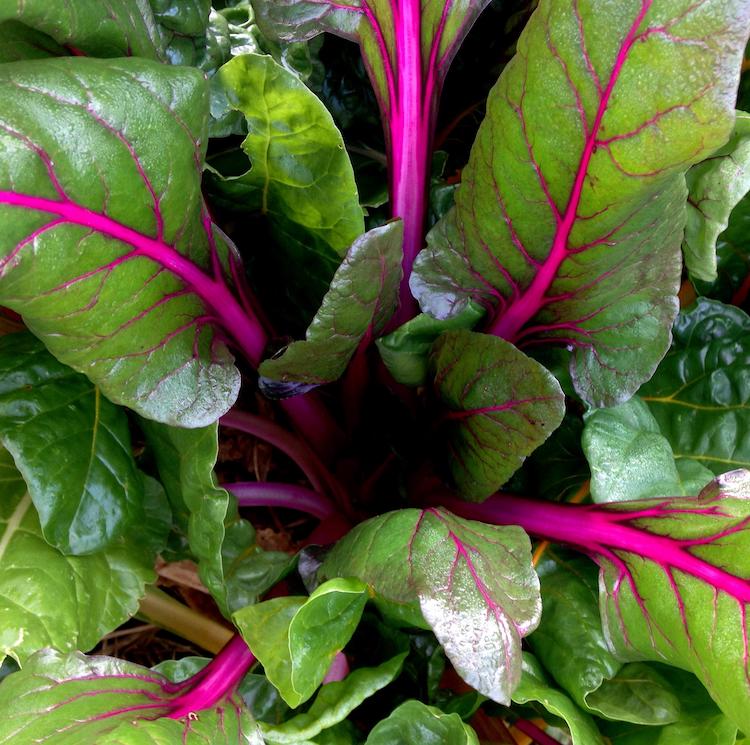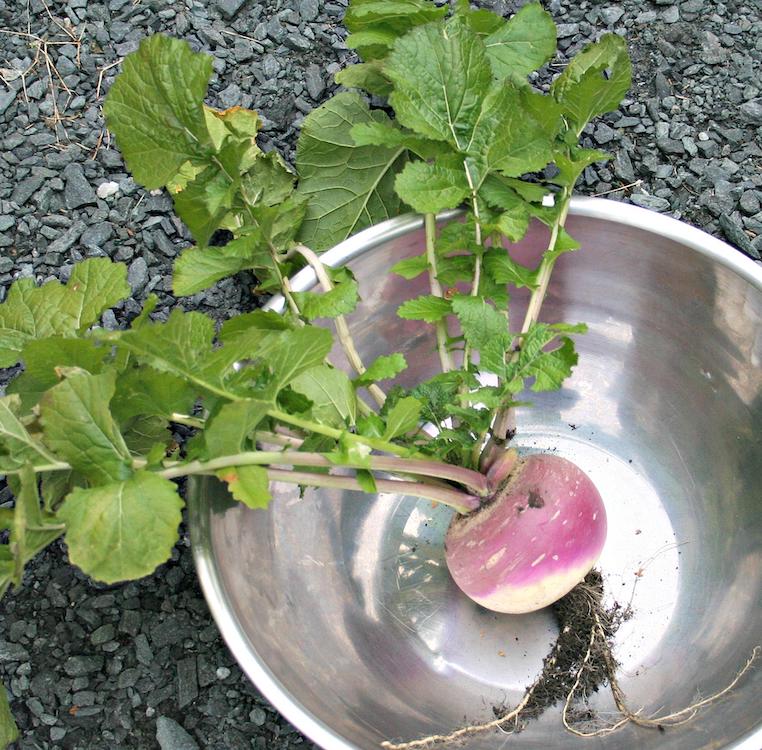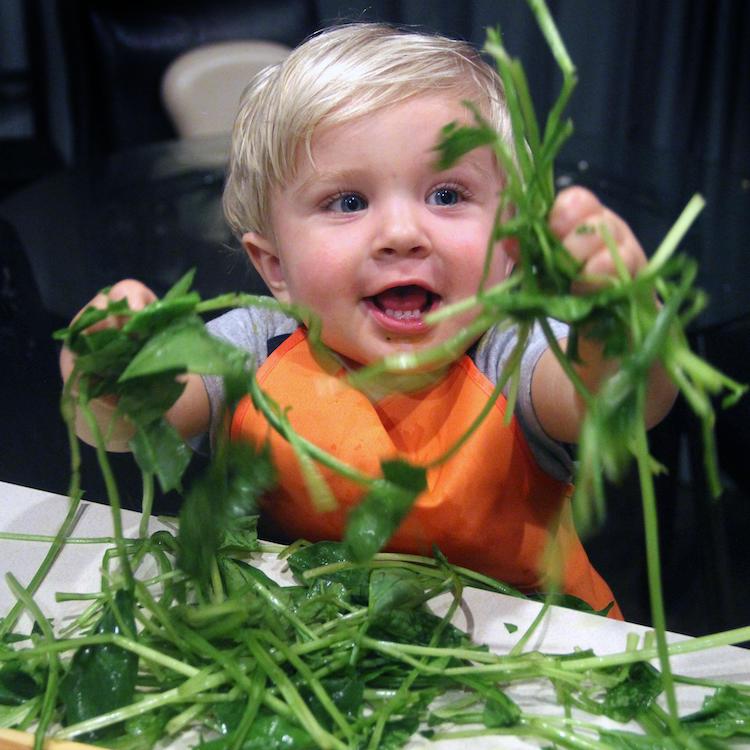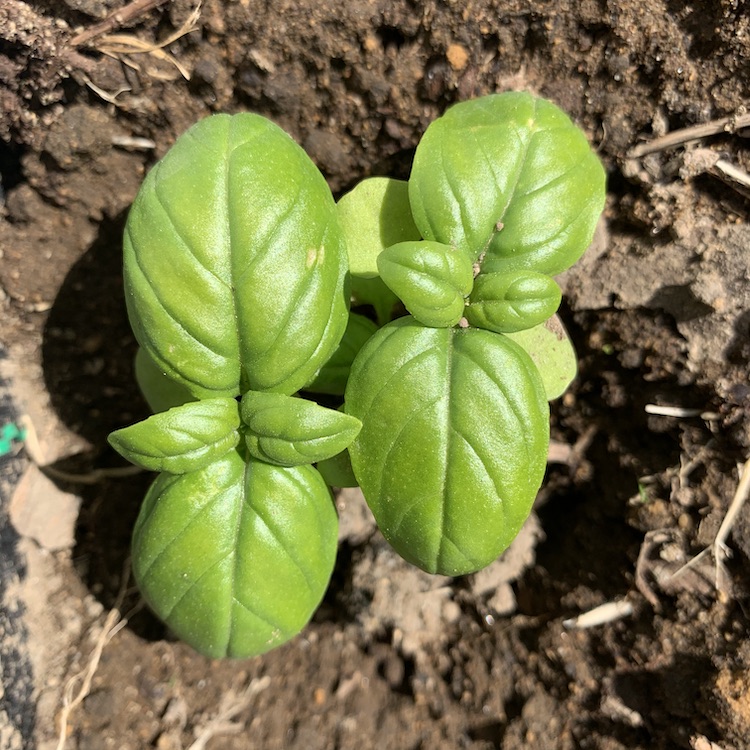Traceophytes
Classification: Scientific Classification
Synonyms / homonyms: Vascular Plants, tracheophytes
Common names: Vascular plant
Tracehephytes are vascular plants that are land plants defined by their lignified tissues
The Traceophytes include horsetails, ferns clubmosses, gymnosperms (including conifers) and angiosperms (flowering plants)
The main three things that defined these plants are the
Vascular system that distributes via tissues the resources to the plant. There are two main parts of the system the Phloem and Xylem and together they form a vascular bundles.
They have two sets of chromosomes per cell
They have roots, leaves and stems.
What belongs to Traceophytes

Silverbeet / Swiss Chard This green leafy vegetable is a must for every garden. It is related to the beetroot and you’ll see this in the shape and colour of…
Search Knowledge Base
Kingdoms
Scientific Classifications
- Bryophyte
- including conifers and angiosperms flowering plants The main three things that defined these plants are the Vascular system that distributes via tissues the resources to the plant. There are two main parts of the system the Phloem and Xylem and together they form a vascular bundles. They have two sets of chromosomes per cell They have roots, leaves and stems.">Traceophytes
Super Divisions
- Anthocerotophyta
- Bryophyta
- Cycadophyta
- Ginkgophyta
- Gnetophyta
- Lycopodiophyta
- Marchantiophyta
- Pinophyta
- Pteridophyta
- land plants which are a subset of the Traceophytes - vascular land plants. There are five divisions of Spermatophytes Magnoliophyta - the flowering plants. Angiosperms - produce seeds enclosed in a fruit. Cycadphyta - cycads Gingophyta - the single species of tree the Gingko Pinophyta - cone bearing trees - conifers Gnetophyta - various woody plants">Spermatophytes
Families
- Aizoaceae
- Amaranthaceae
- Amaryllidaceae
- Apiaceae
- 1,2,3,5,8,13... which creates a spiral.">Asteraceae
- Brassicaceae
- Curcurbitales
- chia mint, rosemary, savory, oregano, thyme, marjoram and lavender. There are over 236 different genera/groups within the Lamiaceae and within these groups over 7000 species. The largest genera of all is Salvia with 900.">Lamiaceae
- Oxalidaceae
- Solanaceae
- Verbenaceae



